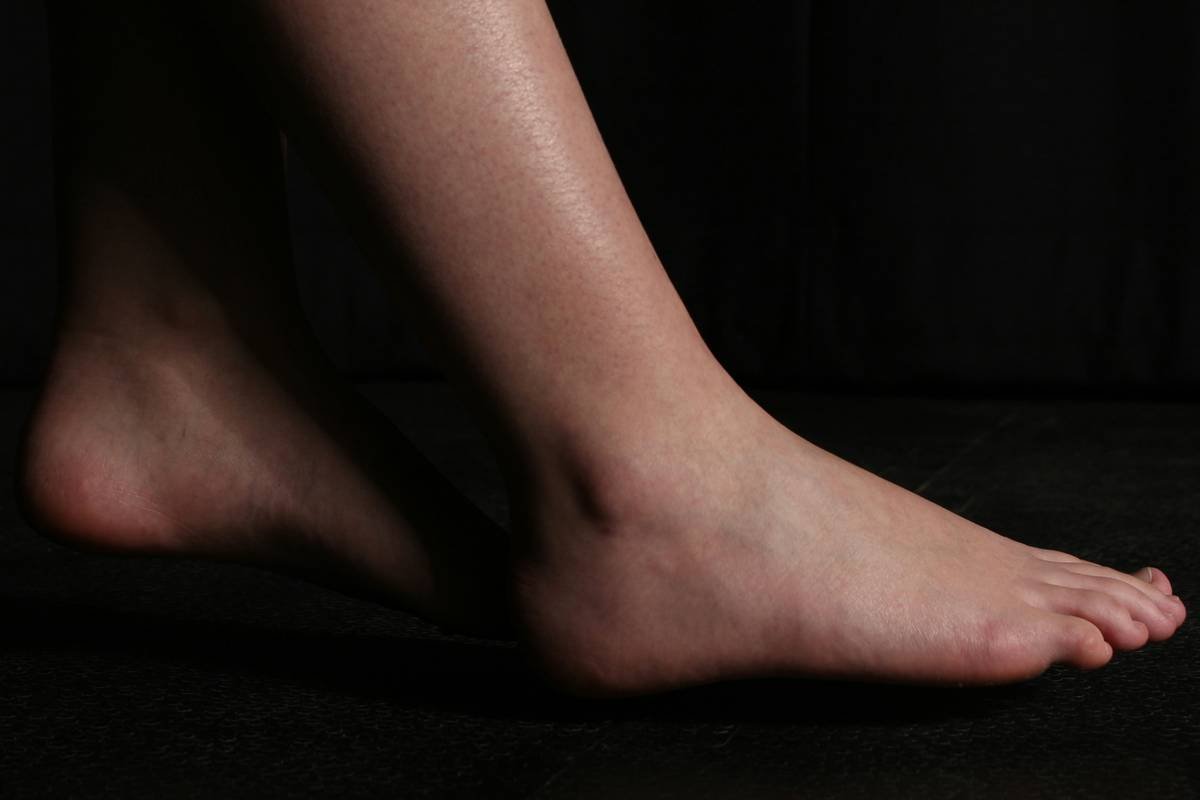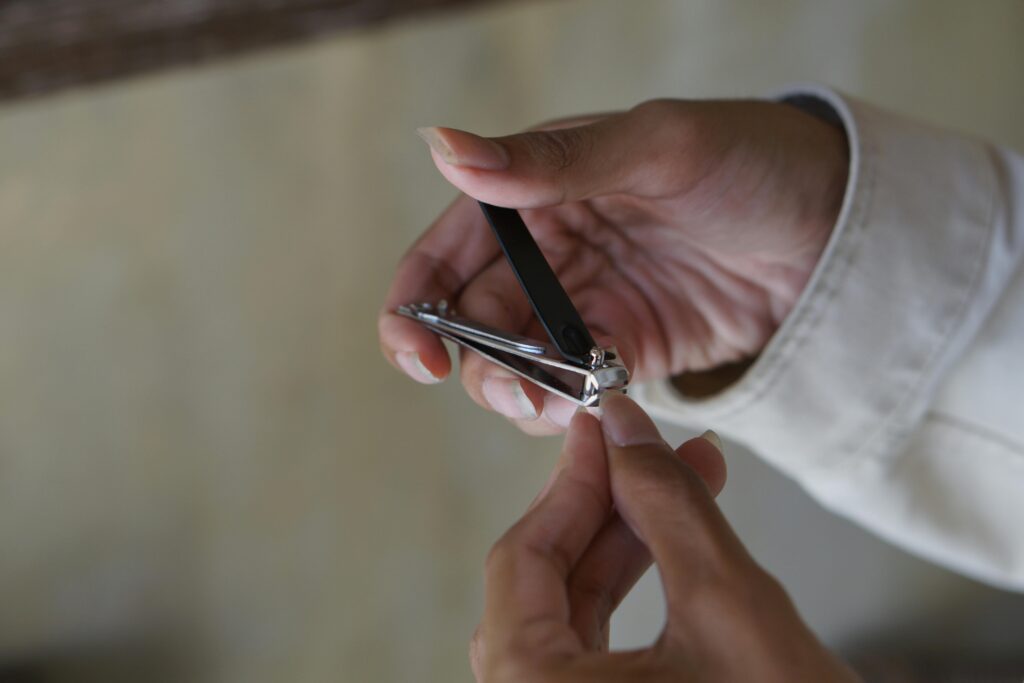Table of Contents
- Introduction
- Key Takeaways
- Why Ingrown Nails Happen (And Why You Should Care)
- Step-by-Step Guide to Managing Ingrown Nails
- Top Tips for Preventing Ingrown Nails
- Real-Life Examples of Nail Clipper Wins
- Frequently Asked Questions About Ingrown Nails
- Conclusion
Introduction
Ever stared at your pinky toe after a pedicure gone wrong and muttered, “What did I do to deserve this?” Yeah, ingrown nails happen to the best of us. Whether it’s those pesky toenails curling inward or fingernails that just won’t cooperate, dealing with ingrown nails can feel like an endless battle.
In this guide, we’re diving deep into everything you need to know about preventing and treating ingrown nails. From understanding why they occur to discovering how nail clippers play a role in your foot care routine, you’ll learn tips, tricks, and even some brutal honesty along the way. Ready? Let’s get into it!
Key Takeaways
- Ingrown nails often result from improper trimming techniques or tight footwear.
- Choosing the right pair of nail clippers is crucial for maintaining healthy nails.
- Prevention involves consistent hygiene, proper cutting angles, and avoiding DIY disasters.
- When treated improperly, ingrown nails can lead to infections requiring medical attention.
Why Ingrown Nails Happen (And Why You Should Care)
Let’s talk turkey—why do ingrown nails even exist? For starters, one common culprit is improper trimming. Ever hacked away at your nails like they’d committed a crime? Same. But here’s the kicker: cutting too short or rounding the corners instead of leaving them straight invites the nail to grow back *into* your skin. Ouch.
Another not-so-fun fact? Tight shoes press down on your toes, forcing the nail deeper into the flesh over time. And let me tell you about my own fail—a mismatched pedicure session where I used a flimsy dollar-store clipper set. Spoiler alert: My big toenail didn’t forgive me anytime soon.

Step-by-Step Guide to Managing Ingrown Nails
Step 1: Soak Your Feet First
Before reaching for any tools, soak your feet in warm water mixed with Epsom salts. This softens the area around the ingrown nail and reduces inflammation.
Step 2: Grab Quality Nail Clippers
Optimist You: “A good tool makes all the difference!” Grumpy Me: “Yeah, yeah—but only if said tool isn’t made of tin foil.” Invest in stainless steel clippers designed specifically for toenails—they’re sharp enough to cut cleanly without tearing.
Step 3: Trim Properly
Trim your nails straight across and avoid curving the edges. Leave them slightly longer rather than shorter to minimize risk.
Top Tips for Preventing Ingrown Nails
- Wear Comfortable Shoes: Say no to death traps masquerading as fashion statements.
- Moisturize Regularly: Dry skin can exacerbate irritation caused by ingrown nails.
- Avoid Picking: Ripping off hangnails seems satisfying until infection sets in. Don’t be that person.
Real-Life Examples of Nail Clipper Wins
Meet Sarah, who swore by drugstore clippers until her podiatrist suggested upgrading to professional-grade ones. Within weeks, her recurring ingrown toenail woes disappeared. Her secret weapon? A chunky-handled ergonomic model that gave her control without strain.
Frequently Asked Questions About Ingrown Nails
Q: Can ingrown nails heal on their own?
Absolutely—if caught early! However, severe cases may require medical intervention to lift the nail safely.
Q: Are electric nail files safe?
Depends. Electric files work wonders when used correctly but can worsen problems if handled clumsily. Stick to basics unless confident.
Q: What’s the worst thing I could do?
Trying to dig out an ingrown nail yourself. It sounds brave, but trust me—it’s chef’s kiss bad.
Conclusion
You’ve now got the lowdown on tackling ingrown nails head-on. Remember, prevention beats panic every single time. With quality nail clippers and smart habits, your digits will thank you forever.
Haiku moment: Painful toes whisper / Gentle clippers bring relief / Happy feet rejoice.


